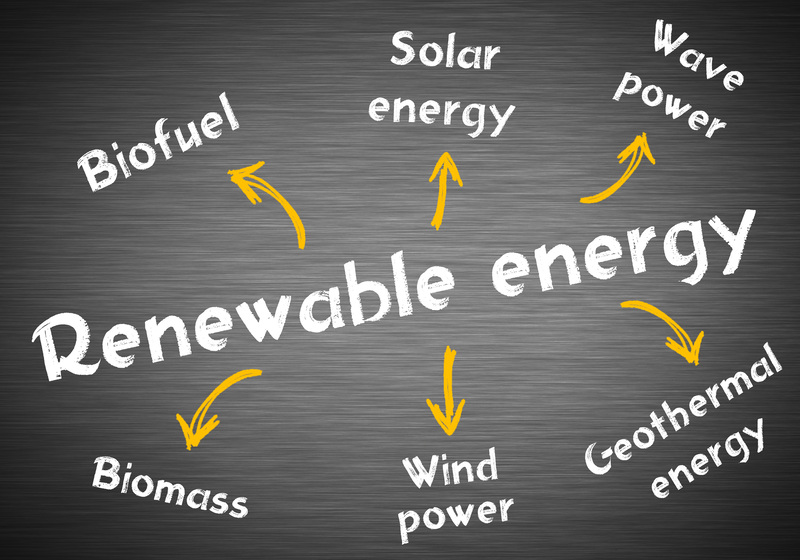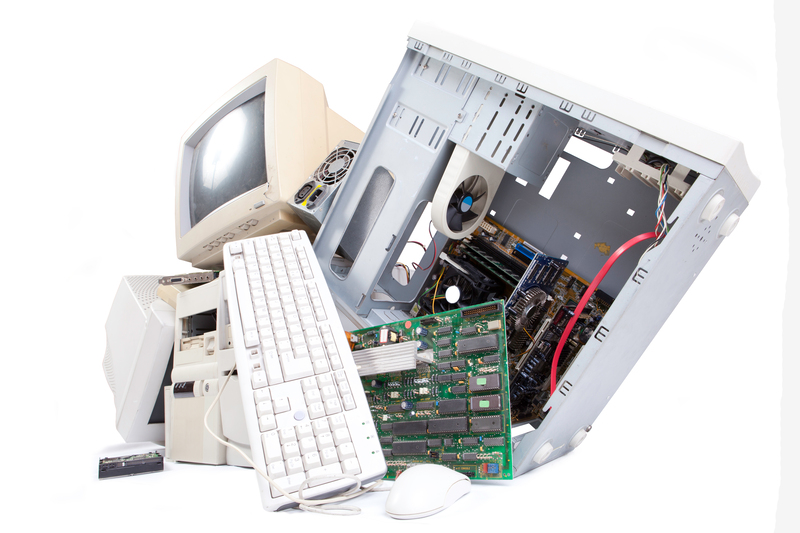Keeping the Planet Clean While Disposing of PPE Properly
In recent years, the use of Personal Protective Equipment (PPE) has become essential for safeguarding public health. However, the surge in single-use masks, gloves, and other PPE items has raised significant environmental concerns. The question arises: How can we keep our planet clean while disposing of PPE properly? This comprehensive guide not only highlights the importance of sustainable PPE disposal but also provides actionable recommendations, recycling options, and best practices to protect both human health and the environment.
Why Proper PPE Disposal Matters for the Environment
Improperly discarded PPE can have far-reaching consequences for the planet. From marine pollution to soil contamination, let's explore some of the key environmental impacts:
- Plastic Pollution: Most single-use PPE is made from plastics that do not biodegrade, contributing to the growing problem of plastic waste in landfills and oceans.
- Wildlife Hazards: Discarded masks and gloves can entangle, suffocate, or poison animals if they mistake PPE for food.
- Soil and Water Contamination: Chemicals and microplastics can leach into the ground and waterways, disrupting ecosystems.
- Human Health Risks: Littered PPE may harbor pathogens, posing a risk to sanitation workers and communities.
Given these challenges, keeping the planet clean while disposing of PPE properly is a shared responsibility. Thoughtful actions can diminish negative environmental effects and foster a safer, healthier world.

Types of PPE and Their Environmental Impact
To make informed decisions, it is crucial to understand the different types of PPE and their typical environmental footprints:
- Face Masks: Surgical and N95 masks are usually made from polypropylene. These materials are slow to break down and contribute to long-lasting pollution if not disposed of responsibly.
- Protective Gloves: Latex and nitrile gloves offer protection but are often single-use and not easily recyclable.
- Face Shields: Typically constructed from polycarbonate or polyethylene, face shields can sometimes be disinfected and reused.
- Gowns and Coveralls: These are often made from non-woven plastics, creating significant waste if not managed properly.
While PPE is crucial for health and safety, we must seek sustainable PPE disposal strategies to manage this ever-growing waste stream.
Best Practices for Proper PPE Disposal
Implementing simple yet effective practices can significantly reduce the environmental impact of discarded PPE. Here's how you can contribute:
1. Discard PPE Responsibly
- Always place used masks and gloves in a closed trash bin.
- Avoid littering PPE in public spaces or flushing them down toilets, as it leads directly to marine and urban pollution.
2. Use Separate Waste Bins
- Dedicate a marked bin for PPE waste at home and in workplaces.
- This helps waste management workers handle and process PPE more safely.
3. Avoid Recycling Contaminated PPE
- Do not place used PPE in household recycling bins; they are not suitable for conventional recycling streams due to potential infection risks and material incompatibility.
4. Cut the Straps Before Disposing
- Before throwing away face masks, snip the ear loops to prevent wildlife entanglement.
5. Follow Local Guidelines
- Check with your municipality for guidance on proper PPE disposal.
- Some regions have designated drop-off points or protocols for contaminated waste.
Eco-Friendly Options for Disposing of PPE
As the world seeks solutions for sustainable PPE disposal, multiple eco-friendly alternatives are emerging. Let's examine the most promising options:
1. Reusable PPE
- Washable Masks: Opt for cloth masks that can be sanitized and reused, reducing single-use waste.
- Reusable Face Shields: Clean and disinfect between uses to prolong their lifespan.
2. PPE Recycling Programs
- Some specialized programs accept used PPE for recycling. For instance, TerraCycle offers Zero Waste Boxes for PPE, turning them into plastic lumber, benches, or other products.
- Contact local waste management services or environmental organizations to find out if such programs are available in your area.
3. Biodegradable and Compostable PPE
- Look for PPE made from plant-based, biodegradable materials, which break down more safely in the environment.
- Be sure to check disposal requirements; some compostable items still need industrial compost facilities.
4. Waste-to-Energy Solutions
- Some regions incinerate PPE waste in specially designed facilities to generate energy, reducing the volume headed for landfills.
- While this method has pros and cons, it's preferable to uncontrolled landfill dumping.
5. Upcycling and Repurposing
- Certain clean and uncontaminated PPE items can be repurposed creatively for art projects or industrial use, though this is less common.
Community and Governmental Actions for Sustainable PPE Management
While individual actions matter, government policies, community programs, and industry innovation are pivotal for lasting change. Here's what's being done and what more can be achieved:
Policy and Regulation
- Governments can enforce stricter regulations around PPE production and end-of-life management.
- Incentives for manufacturers to use recyclable or compostable materials can help shift the market toward more eco-friendly PPE options.
Public Awareness Campaigns
- Educating the public on the importance of proper PPE disposal is critical for success.
- Awareness drives in schools, workplaces, and media can foster a culture of environmental responsibility.
Innovative Research and Development
- Support for research into new sustainable PPE materials and advanced recycling technologies is growing.
- Universities and private companies are developing eco-efficient designs that maintain protection while minimizing waste.
Local Community Initiatives
- Some cities and organizations have installed dedicated PPE disposal bins in parks, public transport stations, and hospitals to prevent littering.
- Volunteers and NGOs often organize clean-up events targeting PPE waste in sensitive areas like beaches and urban centers.
Corporate Responsibility
- Businesses are encouraged to provide staff with reusable PPE, maintain transparent waste management protocols, and collaborate with recycling firms.
- Large organizations can partner with environmental agencies to sponsor PPE recycling programs.
Debunking Common Myths About PPE Disposal
- Myth: "PPE is recyclable through your regular blue bin."
Fact: Most municipal recycling plants cannot process PPE due to contamination and plastic type. - Myth: "Throwing PPE in the trash is the only safe option."
Fact: Special recycling and sustainable disposal methods exist for many types of PPE. - Myth: "One mask or glove in the environment doesn't matter."
Fact: Small items add up and have a huge cumulative impact on ecosystems and wildlife.
The Future of PPE Disposal and Sustainability
The need for sustainable solutions to PPE waste is driving innovation worldwide. Future trends include:
- Advanced Biodegradable Materials: Scientists are developing fully compostable face masks and gloves using natural fibers and polymers.
- Closed-Loop PPE Systems: Hospitals and organizations are moving toward circular models where PPE is collected, sterilized, and recycled internally.
- Automated Sorting and Decontamination: Emerging technologies are making it safer and more cost-effective to process PPE for recycling or energy recovery.
- Legislation for Producer Responsibility: Manufacturers may soon be legally required to ensure proper end-of-life disposal for their products.
By supporting these innovations and practicing eco-friendly PPE disposal today, individuals and communities can help shape a cleaner, greener future.

10 Action Steps for Keeping the Planet Clean While Disposing of PPE Properly
- Choose reusable PPE (masks, shields, gowns) when possible and maintain them according to hygiene guidelines.
- Dispose of single-use PPE in closed trash bins--never litter or flush.
- Separate contaminated PPE waste from recyclables and general waste.
- Cut straps off masks before discarding to protect wildlife.
- Check with waste management authorities for designated PPE collection sites or special recycling options.
- Participate in local cleanups and awareness campaigns targeting PPE and plastic waste.
- Seek out and support companies producing biodegradable or recyclable PPE products.
- Educate family, friends, and coworkers about the impact of improper PPE disposal.
- Encourage your workplace or community to provide marked PPE waste bins and recycling solutions.
- Advocate for better policies and innovations related to sustainable PPE management.
Remember: Every small effort counts! Collectively, we can make pivotal changes to protect our planet while supporting public health.
Conclusion: Our Role in Sustainable PPE Disposal
Being mindful of how we dispose of PPE is not just about compliance; it's about stewardship for the Earth. The steps we take today--from opting for reusable alternatives to promoting smart waste handling--can reduce environmental impact and inspire others to follow suit. By keeping the planet clean while disposing of PPE properly, we protect both human communities and natural ecosystems for generations to come.
Let us all do our part: Dispose of PPE thoughtfully, support eco-friendly innovations, and spread awareness. The planet's health and our own are intimately intertwined.
